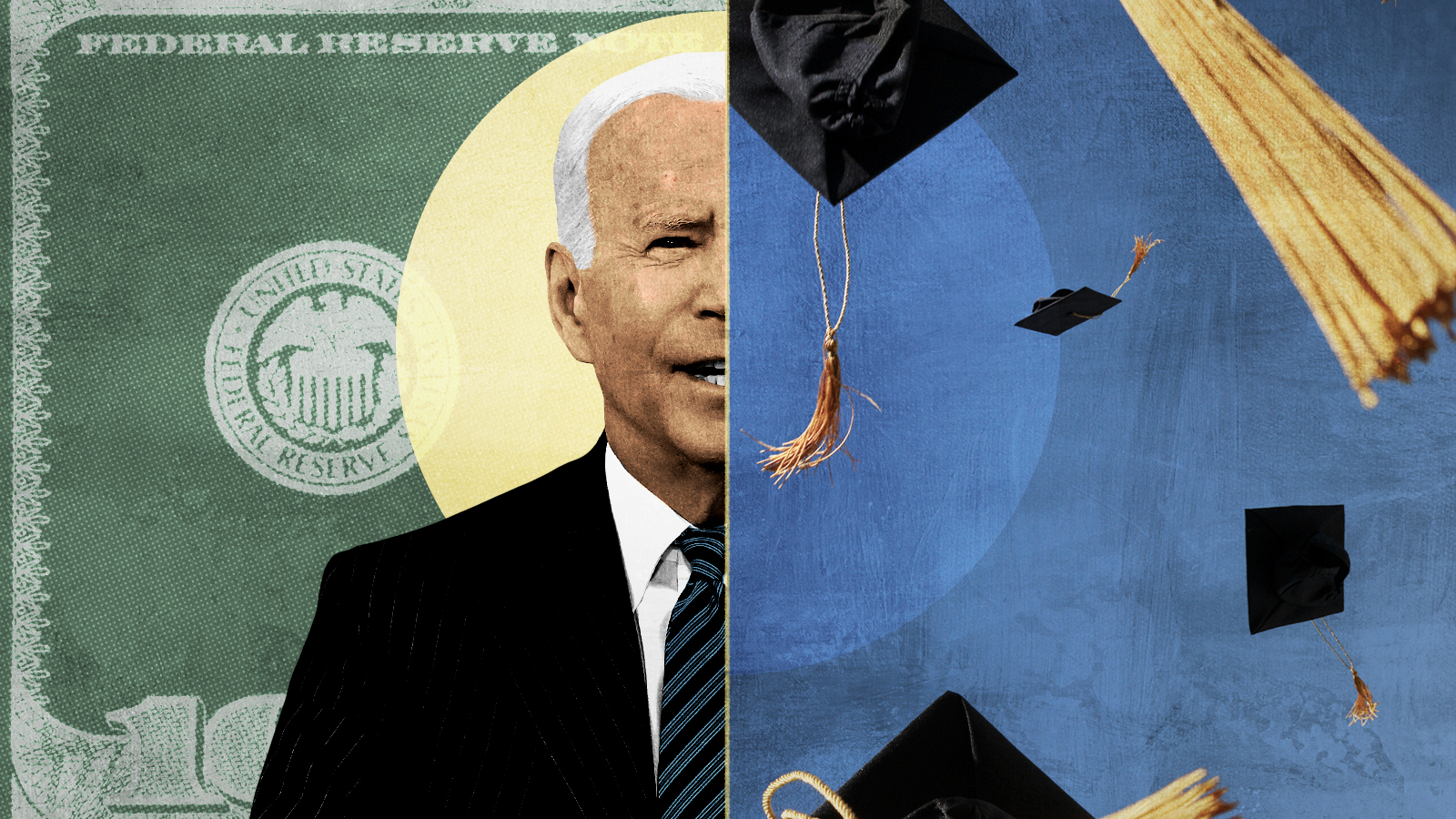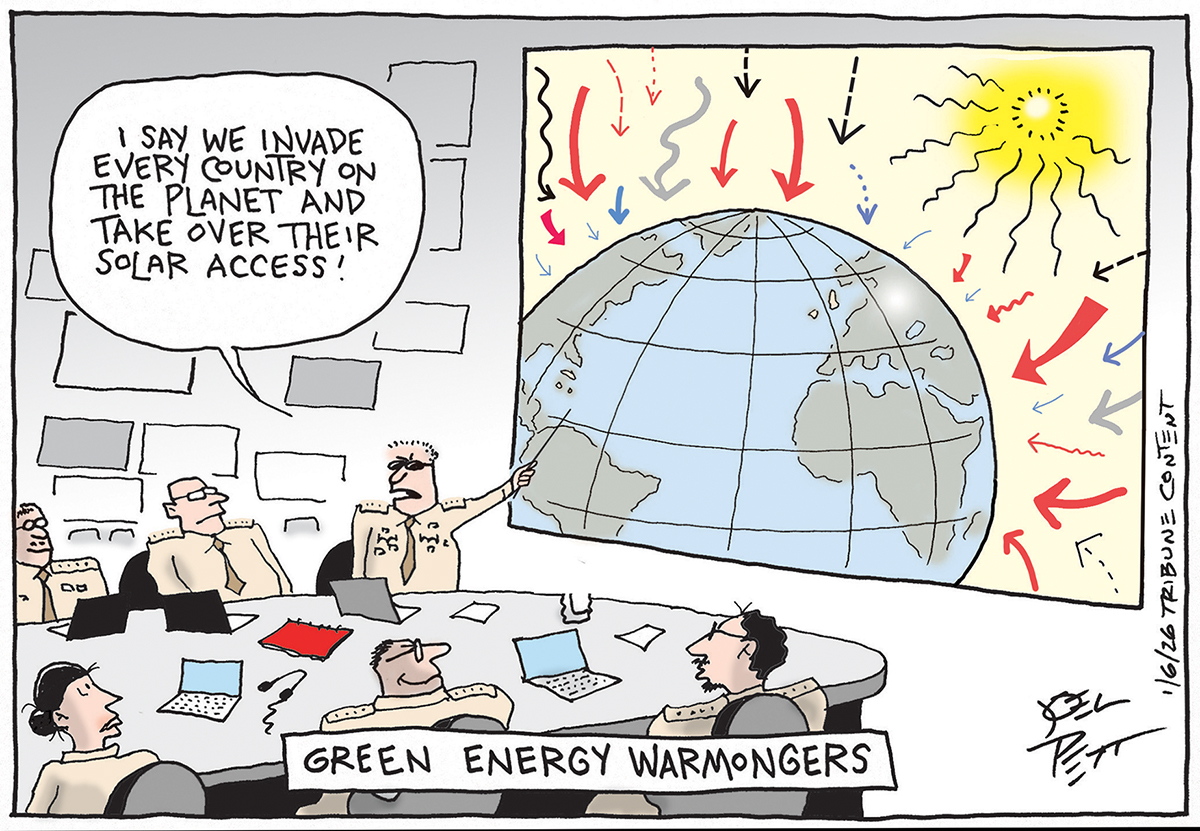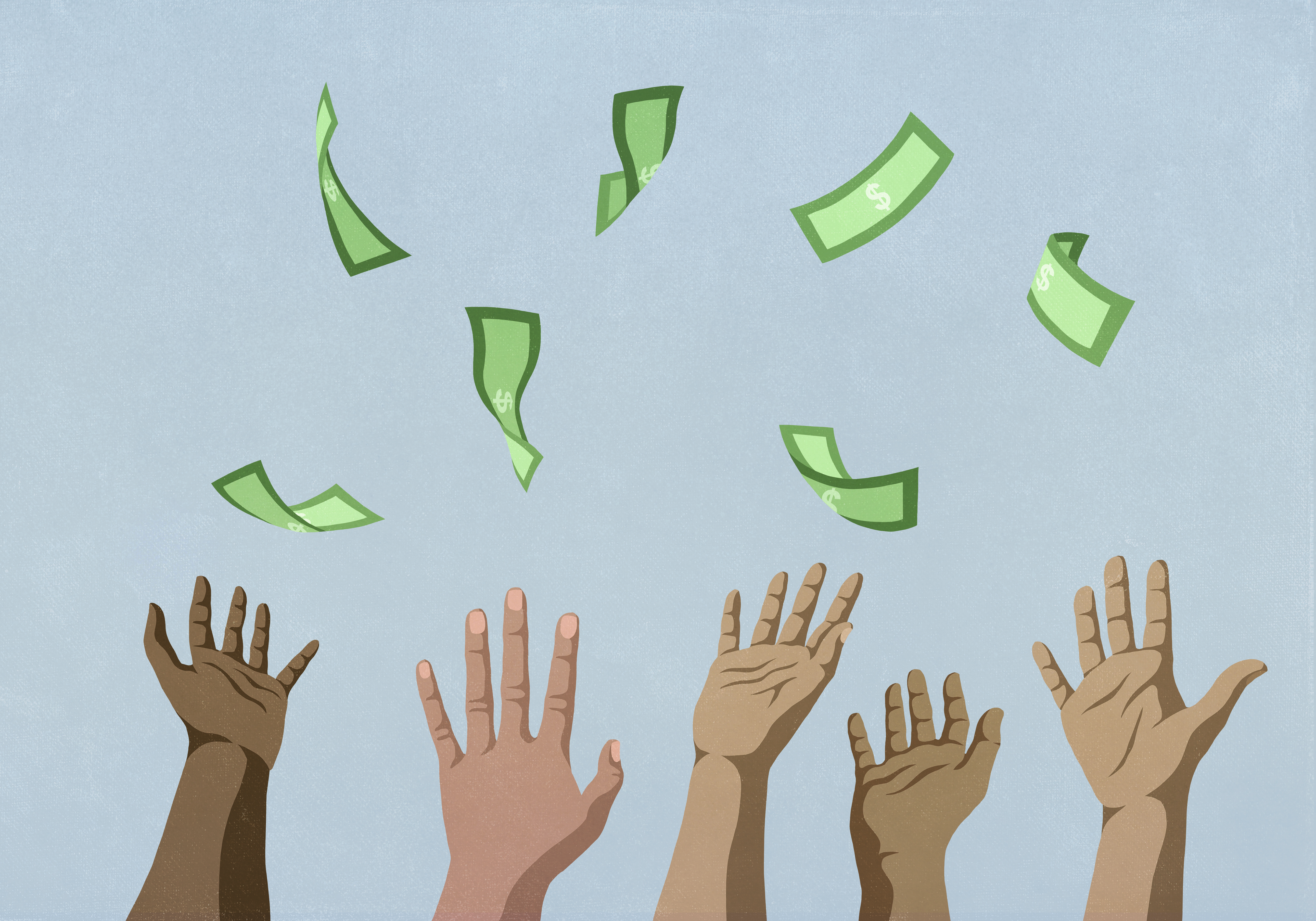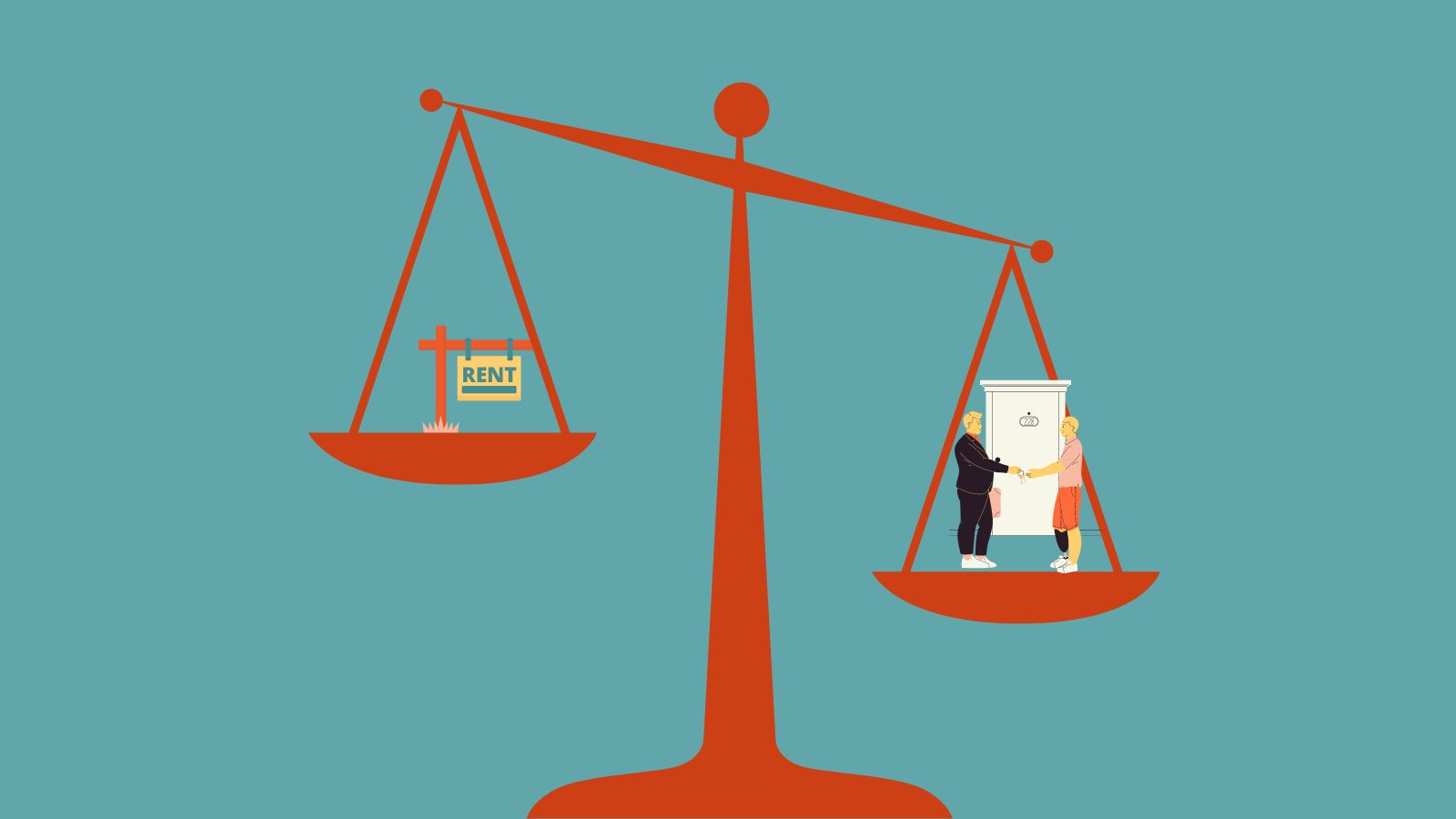Are you going to get relief from your student loans?
Everything you need to know about the Biden administration’s loan forgiveness plans


With November's elections approaching, President Biden is reluctantly moving toward executive action to deliver on campaign promises that remain tied up in the Senate. One policy that the White House might soon pursue is student debt relief. Here's everything you need to know:
What did Biden promise?
During the 2020 campaign, Biden promised to forgive at least $10,000 per borrower and to completely eliminate debt for those making $125,000 or less who attended public institutions and HBCUs. Like much of the president's agenda, such sweeping proposals have not come close to making it into law. Despite hope that Democrats would act quickly, student loan forgiveness is running into the same brick wall of disagreement dividing the party on a host of issues. Moderates, to the extent that they support such a policy at all, advocate for minimal, "means-tested" relief, meaning that forgiveness would be restricted to those making under a certain income cap, while progressives want more sweeping forgiveness with no restrictions.
Why don't Democrats agree on the details?
Moderates and centrists in the party are wary of granting loan relief to borrowers who don't need it – lawyers with degrees from Harvard and Yale, for example, or doctors making hundreds of thousands of dollars a year. Senate Minority Leader Mitch McConnell sees political blood in the water, accusing the president of "cooking up massive bailouts for Ivy League graduates" and calling it "student loan socialism." In a preview of how sharper-tongued Republicans are likely to describe debt relief, the National Review's Michael Brendan Dougherty called the idea "a brazen act of class warfare by the affluent against everyone else." This isn't true — the worst burden of student loans currently falls most heavily on women, who carry about two thirds of the $1.7 trillion in outstanding student debt and make less than their male counterparts, and minority borrowers, who are less likely to attend elite schools, less likely to graduate, and often have more trouble paying their loans back.
The Week
Escape your echo chamber. Get the facts behind the news, plus analysis from multiple perspectives.

Sign up for The Week's Free Newsletters
From our morning news briefing to a weekly Good News Newsletter, get the best of The Week delivered directly to your inbox.
From our morning news briefing to a weekly Good News Newsletter, get the best of The Week delivered directly to your inbox.
But skepticism of a blunt debt jubilee is hardly limited to the right — the New York Times editorial board, while decrying what they see as a student loan crisis, called massive debt relief "legally dubious, economically unsound, politically fraught and educationally problematic." For some, it isn't just that not all borrowers need relief, it's that a single, discrete action to wipe out debt, whether that's $10,000 or $50,000 as Sen. Elizabeth Warren (D-Ma.) wants, leaves the existing system of higher education financing and debt accumulation in place, meaning that tens of thousands of new debtors will be created almost as soon as the ink is dry on the executive order. As writer Matthew Yglesias argued in January, "one-off forgiveness with the implication that it will just happen again in the future is the opposite of reform." There are also concerns among Democrats that overstimulating an economy already reeling from inflation could be disastrous.
Why does the Biden administration want student loan relief?
A disinterested assessment of the policy's merits aside, student loan forgiveness is important to the Biden administration for a variety of reasons. Perhaps most importantly, Democrats need younger voters to turn out for the midterm elections in November to avoid the bloodbath that polls suggest is possible. New York Magazine's Sarah Jones describes debtors like herself as in a kind of "purgatory," since loan payments remain on pause and borrowers have no idea when their payments will resume or at what levels. "Politically, the situation is untenable," she writes.
She's not alone. According to polling by Civiqs, 50 percent of young Democrats want all student debt forgiven, and only a third of younger voters (17-39 years old in this poll) oppose any form of forgiveness. The lack of action on debt forgiveness and other Millennial and Generation Z priorities like climate change is driving a potentially catastrophic collapse in support for Democrats in these age brackets. One Quinnipiac poll from April found the president with just 21% approval from voters under 35, which, if true, would represent an extraordinary collapse from the November 2020 election, in which exit polls found that 18-24 year-olds went for Biden by a 65-31 margin, and 25-29 year-olds by 11 points. In other words, young voters were among the difference-makers in a close election, and any significant falloff in support or turnout could yield historic gains for Republicans in Congress.
What is likely to happen now?
Biden has always been skeptical of using executive action to tackle this problem. Although this particular train does not run through Sen. Joe Manchin (D-W.Va.), the party as a whole will still have to defend it publicly heading into campaign season. That means that a very limited, means-tested loan forgiveness program is more likely than any alternative, perhaps also excluding debt accumulated for graduate, medical, and law school. While the amount forgiven might be higher than $10,000, half-measures are unlikely to win back the young voters Democrats desperately need to hold off Republicans this fall.
A free daily email with the biggest news stories of the day – and the best features from TheWeek.com
The Debt Collective's Astra Taylor wrote that the more modest proposals are "a self-imposed and avoidable bureaucratic, ethical, and political disaster that further excludes and disappoints the very people Biden claims to care about." She also echoes the longstanding belief among progressives that means-testing is a logistical boondoggle which is impossible for many people to navigate and erodes the potential solidarity between rich and poor Americans around a shared benefit.
But another problem lurks — any potential action will be subject to legal challenges, since the president's authority to unilaterally cancel debt is hotly disputed, with the Supreme Court controlled by a conservative 6-3 majority. That potentially leaves the White House with the worst of all possible worlds – a policy that doesn't satisfy base voters, is still vulnerable to the inevitable charges of elitism from the right, and might end up in legal purgatory, anyway.
David Faris is a professor of political science at Roosevelt University and the author of "It's Time to Fight Dirty: How Democrats Can Build a Lasting Majority in American Politics." He's a frequent contributor to Newsweek and Slate, and his work has appeared in The Washington Post, The New Republic and The Nation, among others.
-
 Political cartoons for January 11
Political cartoons for January 11Cartoons Sunday’s political cartoons include green energy, a simple plan, and more
-
 The launch of the world’s first weight-loss pill
The launch of the world’s first weight-loss pillSpeed Read Novo Nordisk and Eli Lilly have been racing to release the first GLP-1 pill
-
 Maduro’s capture: two hours that shook the world
Maduro’s capture: two hours that shook the worldTalking Point Evoking memories of the US assault on Panama in 1989, the manoeuvre is being described as the fastest regime change in history
-
 A guide to cashing out your retirement accounts
A guide to cashing out your retirement accountsSpeed Read Does order matter? What's the best strategy for taxes?
-
 4 REITs to watch
4 REITs to watchSpeed Read A selection of real estate investment trusts with "exceptional pricing power"
-
 What is 'lifestyle inflation' and how does it limit wealth?
What is 'lifestyle inflation' and how does it limit wealth?Speed Read More money, more problems? Not necessarily.
-
 How to get a mortgage if you're retired
How to get a mortgage if you're retiredSpeed Read If you're considering applying for a mortgage in retirement, here's a look at what to expect, as well as some tips for making the process less painful
-
 How to free yourself from credit card debt
How to free yourself from credit card debtSpeed Read Has your balance gotten out of control? Personal finance experts have some solid tips and tricks to help you get on top of your credit card debt.
-
 Renters' rights, explained
Renters' rights, explainedSpeed Read The Biden administration announced new federal actions to protect tenants as rent prices continue to climb. What rights do renters have already?
-
 A smart guide to ESG investing
A smart guide to ESG investingSpeed Read Some say ESG investing is better for the planet. But is it good for your wallet, too?
-
 7 tax breaks that could save you money
7 tax breaks that could save you moneySpeed Read Brush up on these tax breaks before you file to make sure you're not overpaying
